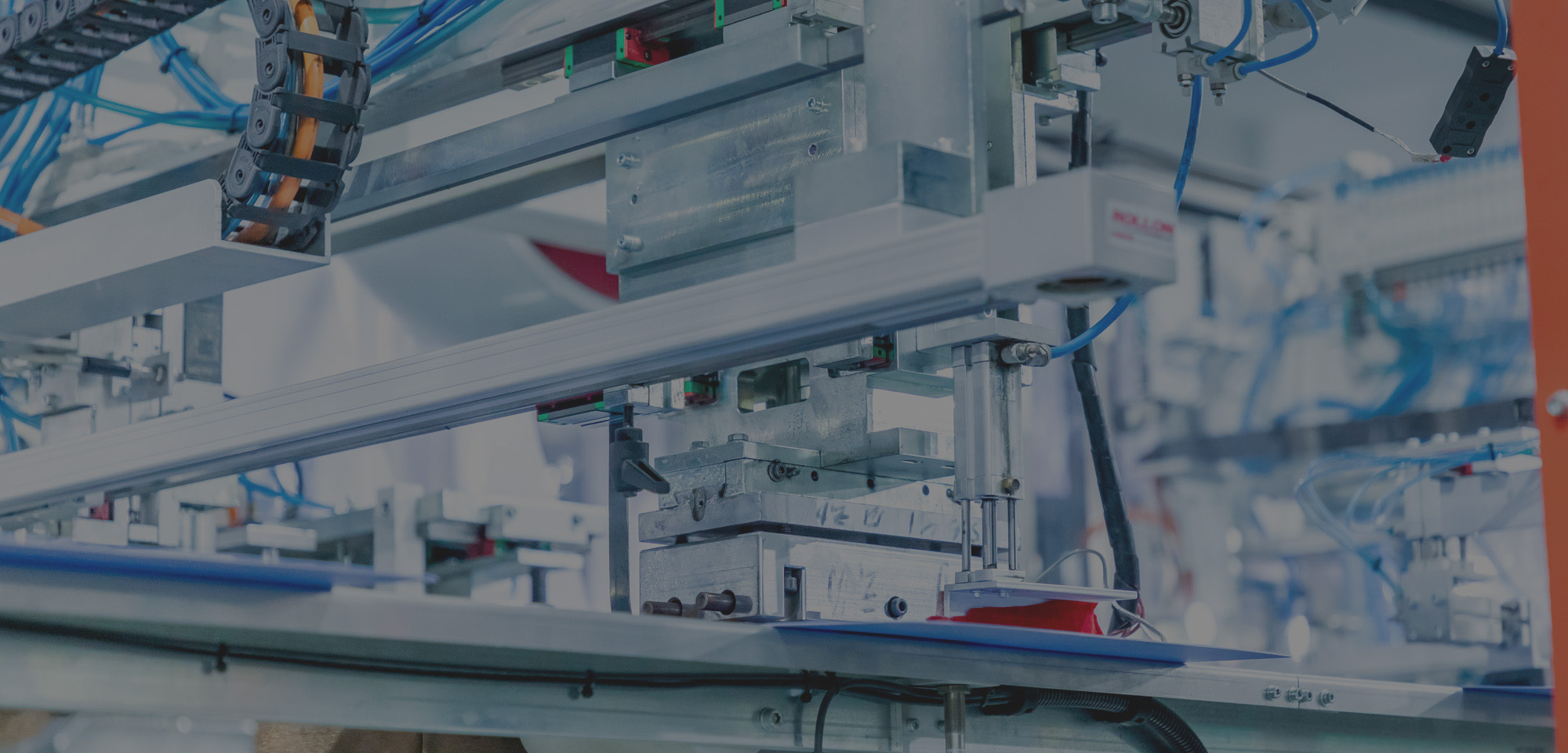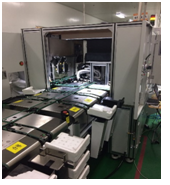

Hanwha New Energy, a subsidiary of Hanwha Group with total assets of more than $150 billion, has 8 GW of solar cell capacity and 8 GW of solar module capacity (as of the second half of 2017), making it the world's largest cell manufacturer and one of the largest solar module manufacturers.

Business Background Description
Solar photovoltaic technology is one of the most promising photovoltaic technologies in the 21st century, and according to a market research study published by Technavio, the global solar cell market is expected to grow at a compound annual growth rate of 16% during 2016-2020.
The processing process of solar cells has the objective situation of high output and high beat. In this case, according to the customer's demand, it is necessary to meet the efficiency of an hourly capacity of 5,000 cells and a daily capacity of about 120,000 cells, with extremely low requirements for scrap rate and high requirements for the performance of production equipment, which puts a severe test on the MES system that interacts with the production line in real time.
As the products put into the market continue to accumulate and increase, the problem of accuracy of product traceability and timeliness of after-sales service by customers has become increasingly prominent, and the original production and quality system can no longer meet the needs. The project needs to laser trace the unique barcode (barcode size is 1.7mm*1.7mm) for each solar wafer, and needs to establish a perfect MES with product quality traceability system as the core.
Current status of existing production and quality systems
- No precise traceability of silicon wafers.
- Each work station is running independently and not connected to each other before.
- All data need to be read at the workstation PC, which cannot be obtained remotely, and the data processing efficiency is low.
- No data correlation for key sampling stations.
- No real-time system of production line to implement process control.
Existing production and quality system problems
- No more detailed records of people, machines, materials and methods, and system traceability cannot be realized.
- Not being able to realize positive and negative quality tracing function.
- Cannot realize direct communication with equipment.
- At present are human intervention to judge the results and often make mistakes
- No standardized workshop production line and equipment interface, equipment docking difficulties.
The main problems to be solved on site
1. the new laser station cannot communicate with the front sorting station.
2. the new laser station cannot reach the target beat if it communicates with the camera and laser machine at the same time.
3. The front-end sorting station cannot maintain a high degree of synchronization with the laser station, resulting in collisions and high product scrap rates.
4. Other production line system suppliers cannot meet the 5000 pieces per hour beat, which has a failure rate of about 1 in 10,000 for the laser pass rate.
5. There is no data correlation among the work stations, so they cannot check each other.
6. The laser program for different products can not be called to shorten the changeover time.